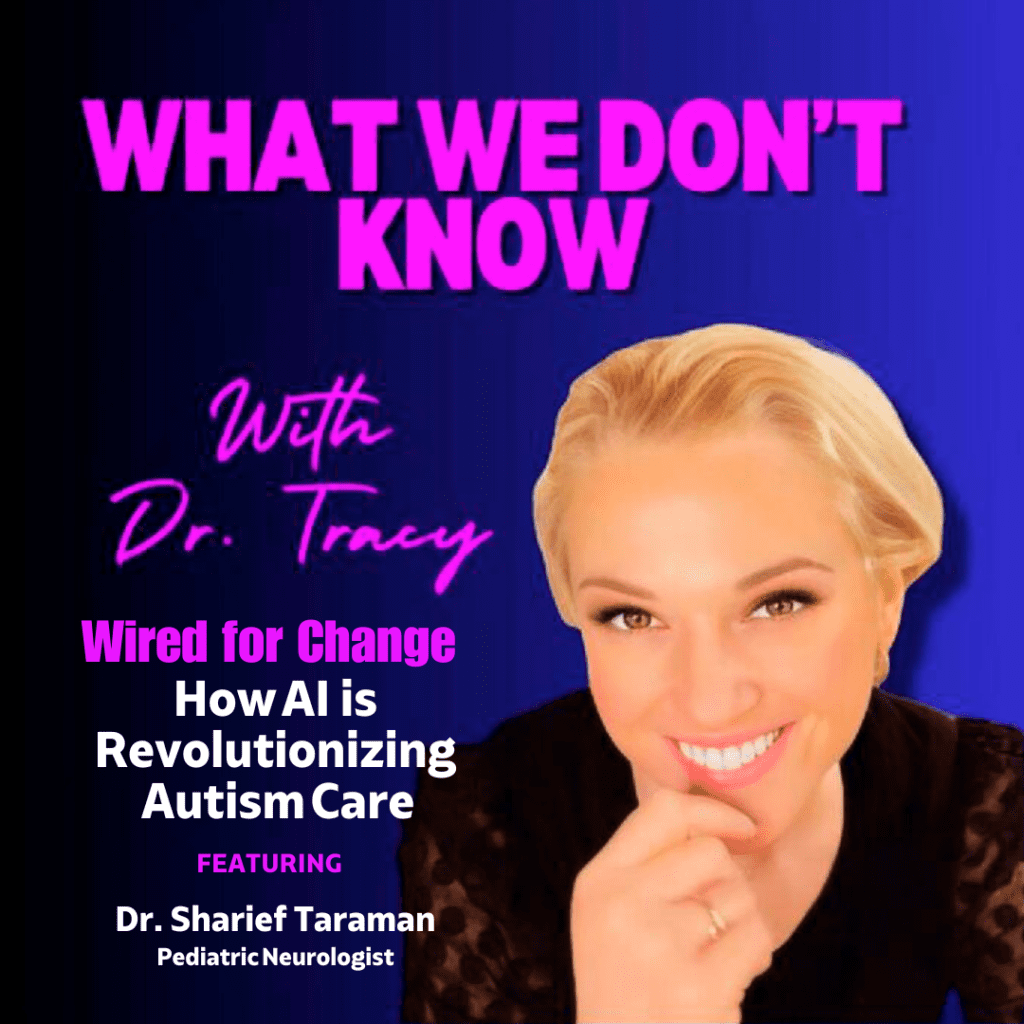As healthcare moves towards an era of intelligent tech, pediatricians will increasingly have the opportunity to utilize tools powered by AI. These AI technologies can improve and expand diagnostic and treatment delivery in pediatric developmental health, in ways that overcome disparities and barriers to care.
AI experts from Cognoa teamed up with other innovators in the field to develop an article, published in the Journal of Developmental Behavioral Pediatrics, which provides an overview of the history and underlying mechanisms of AI, the potential benefits for providers, and the work still to be done in the world of AI diagnostics.
The article, “An Introduction to Artificial Intelligence in Developmental and Behavioral Pediatrics,” gives some promising views into the ways that AI can help overcome barriers to early diagnosis and treatment in children with autism and other suspected developmental delays.
The AI Age is Here
While AI was once found mainly in theoretical papers or speculative fiction, the authors of this AI overview point out that AI has fully arrived in our everyday lives and in clinical practices, noting that “While pediatricians may have limited familiarity with AI in a health care context, they are likely already making use of AI-powered technologies in their daily lives. Email spam filters, e-commerce platforms, and entertainment recommendation systems, for example, all rely on AI.”
In an era when “Big Data” is being utilized as a way to help define populations and diagnose individuals, the authors discuss how AI can help clinicians in using the available technology to aid in their practice, saying, “Massive and constantly expanding quantities of medical data including electronic medical records (EMRs), high-resolution medical images, public health data sets, genomics, and wearables have exceeded the limits of human analysis. AI offers opportunities to harness and derive clinically meaningful insights from this ever-growing volume of health care data in ways that traditional analytic techniques cannot.”
“Within the health care context, AI is not envisioned as a technology that would supersede the need for skilled human clinicians,” the authors add. “Rather, AI-based technologies will likely play pivotal roles in augmenting existing diagnostic and therapeutic toolkits to improve outcomes.”
AI Can Make Practices More Efficient
One major potential benefit that AI offers clinical practices is in efficiency, as the technology helps to reduce paperwork, streamline workflows, and shorten the time to definitive diagnosis. This improved efficiency can benefit clinicians and patients in a number of ways.
“Artificial intelligence algorithms have potential to automate many arduous administrative tasks, thereby streamlining care pathways and freeing clinicians to spend more time with patients,” the article states.
This overall refinement of the diagnostic process not only means that diagnosis happens sooner, but treatment delivery happens sooner, as well—which, in some conditions, can be life-changing.
The article uses the example of autism, observing that AI can “develop an autism comorbid risk score with a superior predictive performance than some questionnaire-based screening tools.” The authors go on to note that “Such research is promising given that streamlining diagnosis could allow for earlier treatment initiation during the critical neurodevelopmental window.”
AI Can Improve Access to Care
Another focus of the article is how AI can help improve access to care by removing certain barriers along the way. One way that AI can make the diagnostic process more accessible is by reducing the need for text-heavy, questionnaire-based, in-person tools of the past.
“Artificial intelligence has potential to address several bias and access disparities apparent in existing care models,” the authors write. “While access to developmental and behavioral specialists is extremely limited in much of the world, it is estimated that over 50% of the global population has access to a smartphone. Digital AI–based diagnostic and treatment platforms could thus potentially expand access to underserved and geographically remote populations.
“Thoughtful use of AI may also help to address racial, socioeconomic, and gender biases,” the article continues. “In the field of developmental and behavioral pediatrics, for example, it has been noted that despite autism prevalence rates being roughly equal across racial/ethnic and socioeconomic groups, human clinicians are more likely to diagnose Black, Latinx, and Asian children, as well as children from low-income families, at a later date than White children and children with a higher socioeconomic status. By integrating and training on large racial-conscious and gender-conscious data sets, AI algorithms can assess thousands of traits and features and build on the findings to assist clinicians in making more accurate, timely, and less biased autism diagnoses.”
AI Is Here to Stay—And to Help
This is an exciting time in the care of autism and other areas. AI has arrived in clinical practices, and is defining a new era of care. As the authors of the article state, “Artificial intelligence (AI) in health care is not just a futuristic premise, and adoption has shifted from the ‘early adopter’ fringe to a mainstream concept.”
Although the use of AI in clinical practices is relatively new, it is growing in availability and acceptance. There are many ways in which AI can improve processes and care in clinical practice—benefits which can ultimately improve outcomes.
As the article states, “We are optimistic about the future of AI in health care, including developmental and behavioral pediatrics. By enhancing the efficiency and impact of health care processes, AI approaches promise to reduce barriers to care and maximize the time clinicians are able to spend with their patients.”
Read the full article at: https://journals.lww.com/



